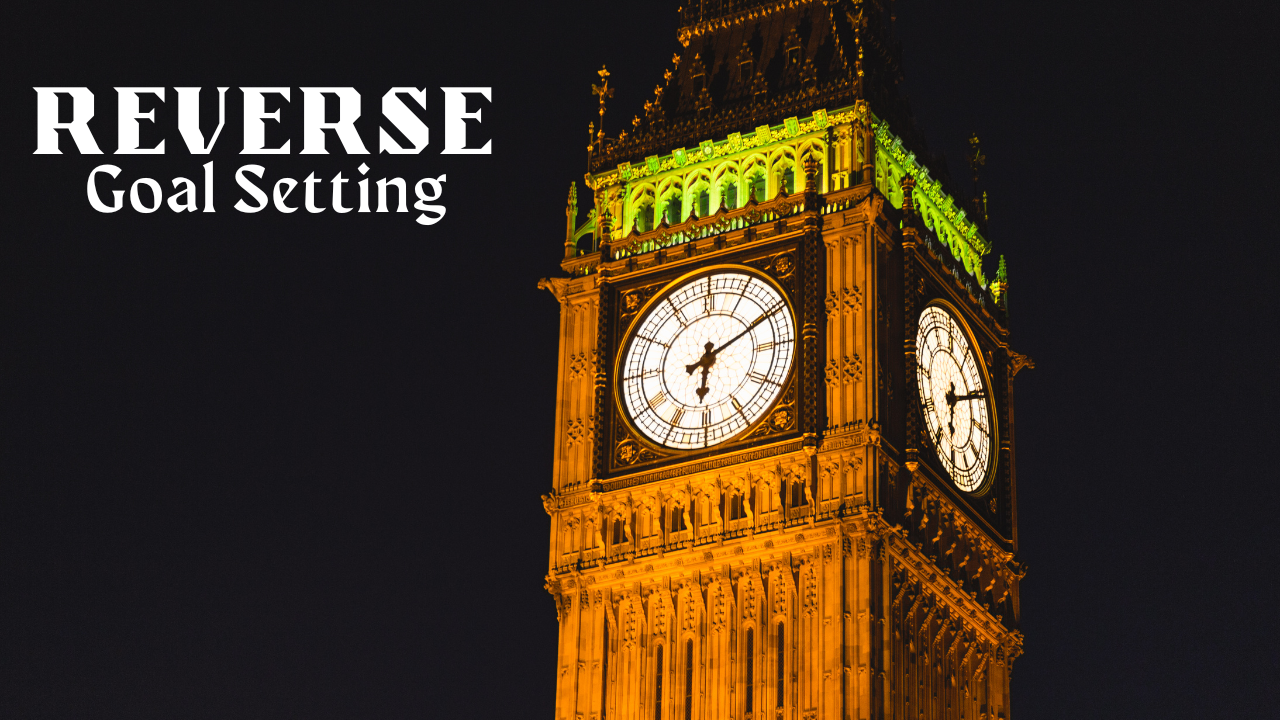Reverse Goal Setting: Crafting Your Path to Success
Goal setting is a powerful tool for personal and professional development. However, conventional goal setting often involves creating objectives and then working toward them. Reverse goal setting takes a different approach. It begins with envisioning the successful outcome and then works backwards to identify the steps required to reach that goal. In this article, we’ll delve into the concept of reverse goal setting and planning, breaking down the key steps involved in this innovative approach.
- Identify the Goal
Reverse goal setting starts with the end in mind. Begin by identifying a specific goal or outcome you want to achieve. Whether it’s advancing in your career, launching a successful business, or achieving a personal milestone, clarity about your goal is essential.
- Imagine the Ideal Self
Once you’ve identified your goal, imagine the person who has already achieved it. Consider the skills, attributes, assets, and knowledge that this ideal version of yourself possesses. This process taps into what is often referred to as “employability capital.” Employability capital includes the knowledge, skills, and attributes that make you more attractive to potential employers or partners.
- Evaluate Current State
Next, assess your current state. Take an honest look at where you stand in relation to your goal. This step involves understanding your strengths, weaknesses, and areas that require improvement. By knowing where you are starting from, you can tailor your plan more effectively.
- Conduct a Force-Field Analysis
Incorporate the concept of force-field analysis into your reverse goal setting process. Force-field analysis is a social science framework that examines the factors influencing a situation. In this context, consider the forces driving you toward your goal and those blocking your progress. Evaluate physical resources, time, money, and the people who can support or hinder your efforts.
- Create the Plan
Now that you have a clear understanding of your goal, your ideal self, your current state, and the forces at play, create a comprehensive plan. This plan should be process-oriented, actionable, and well-researched. Break down your goal into manageable steps, set realistic timelines, and allocate resources wisely.
Conclusion
Reverse goal setting and planning offer a fresh and effective approach to achieving your objectives. By starting with a clear vision of your goal and working backward to identify the necessary steps, you can increase your chances of success. Keep the following principles in mind throughout your reverse goal setting journey:
- Make it process-oriented: Focus on the actions and steps required to achieve your goal.
- Be actionable: Ensure that every component of your plan is something you can actively work on.
- Learn about the goal itself: Continuously gather knowledge and insights related to your goal.
- Learn about yourself: Understand your strengths and areas that need improvement.
- Spend time on a realistic timeline: Set achievable milestones and deadlines.
- Learn how to improve goal setting: Adapt and refine your approach as you progress.
With reverse goal setting, you have a powerful framework that empowers you to work purposefully toward your aspirations and maximize your chances of achieving them.
RESOURCES:
✅ 5% OFF AMAZON: https://bityl.co/KvcR
✅ TUBE BUDDY: https://bityl.co/KxKz
